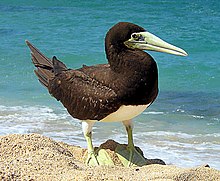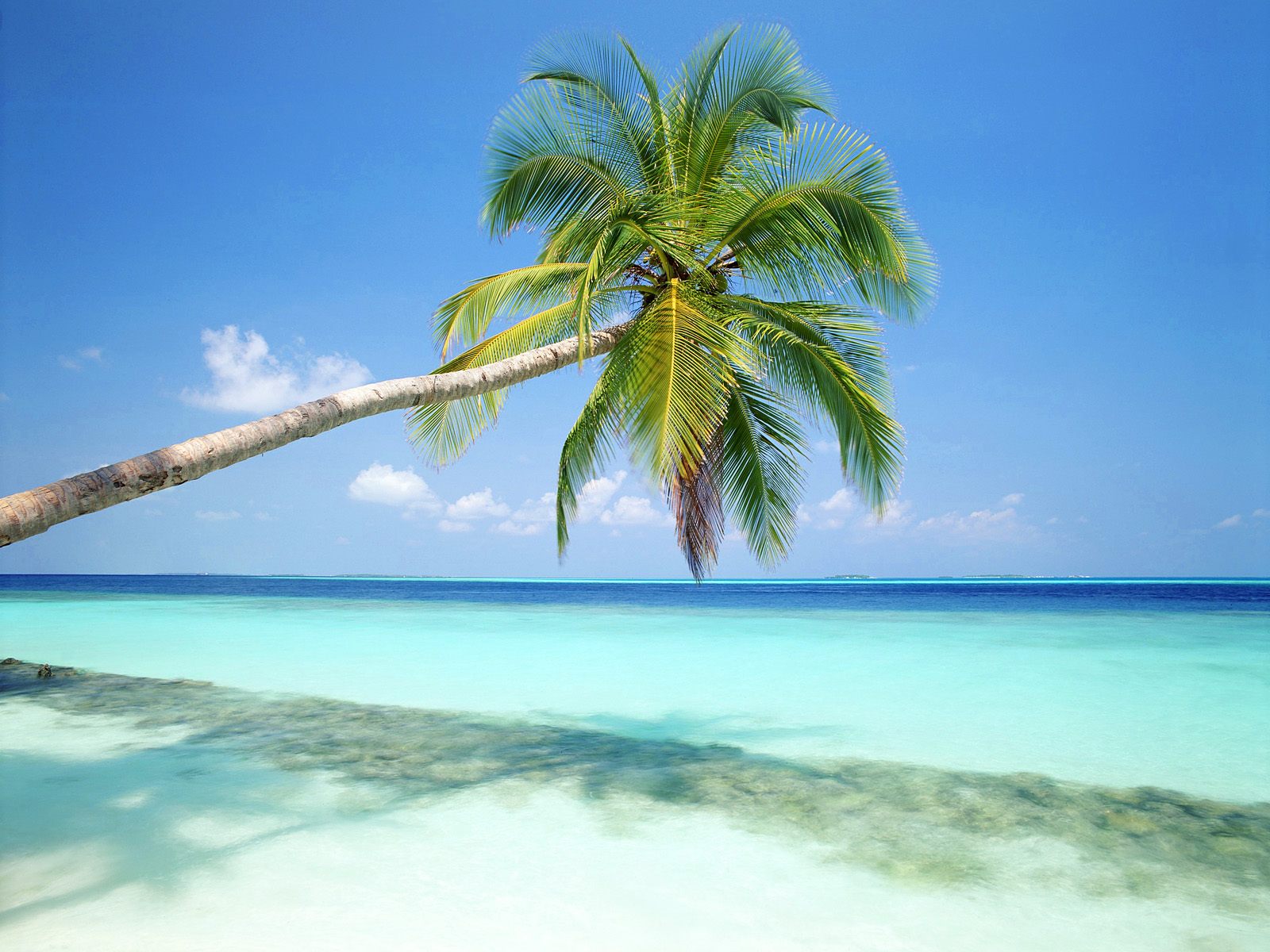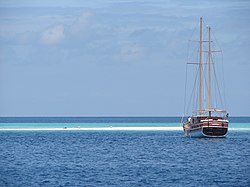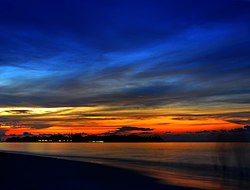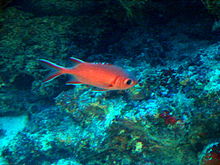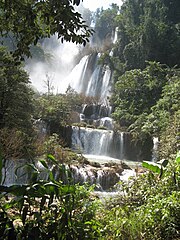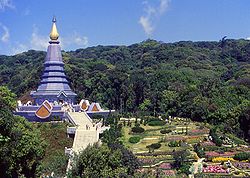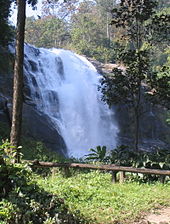The Maldives (Dhivehi Raa'je), officially Republic of Maldives (Dhivehi Raa'jeyge Jumhooriyya), also referred to as the Maldive Islands, is an island nation in the Indian Ocean formed by a double chain of twenty-six atolls oriented north-south off India's Lakshadweep islands, between Minicoy Island and Chagos Archipelago. It stands in the Laccadive Sea, about 700 kilometers (430 mi) south-west of Sri Lanka and 400 kilometers (250 mi) south-west of India. During the colonial era, the Dutch referred to the country as "Maldivische Eilanden" in their documentation, while "Maldive Islands" is the anglicised version of the local name used by the British, which later came to be written "Maldives".
 The archipelago is located on top of the Chagos-Maldives-Laccadive Ridge a vast submarine mountain range in the Indian Ocean. The Maldives also form a terrestrial ecoregion together with the Chagos and the Lakshadweep. The atolls of the Maldives encompass a territory spread over roughly 90,000 square kilometers (35,000 sq mi), making it one of the world's most dispersed countries in geographic terms. Its population of 313,920 (2010) inhabits 200 of its 1,192 islands. Maldives capital and largest city Malé has a population of 103,693 (2006). It is located at the southern edge of North Malé Atoll, in the Kaafu Atoll. It is also one of the Administrative divisions of the Maldives. Traditionally it was the King's Island where the ancient Maldive Royal dynasties were enthroned.
The archipelago is located on top of the Chagos-Maldives-Laccadive Ridge a vast submarine mountain range in the Indian Ocean. The Maldives also form a terrestrial ecoregion together with the Chagos and the Lakshadweep. The atolls of the Maldives encompass a territory spread over roughly 90,000 square kilometers (35,000 sq mi), making it one of the world's most dispersed countries in geographic terms. Its population of 313,920 (2010) inhabits 200 of its 1,192 islands. Maldives capital and largest city Malé has a population of 103,693 (2006). It is located at the southern edge of North Malé Atoll, in the Kaafu Atoll. It is also one of the Administrative divisions of the Maldives. Traditionally it was the King's Island where the ancient Maldive Royal dynasties were enthroned.The Maldives is the smallest Asian country in both population and land area. With an average ground level of 1.5 meters (4 ft 11 in) above sea level, it is the planet's lowest country. It is also the country with the lowest highest point in the world, at 2.3 meters (7 ft 7 in); the Maldives' forecast inundation is a great concern for the Maldivian people.
The name Maldives may derive from Mahal'deeb, and the people were called Maldivian 'Dhivehin'. The word Dheeb/Deeb (archaic Dhivehi, related to Sanskrit dvīp (द्वीप)) means "island", and Dhives (Dhivehin) means "islanders" (in other words, the Maldivians). During the colonial era, the Dutch referred to the country as Maldivische Eilanden in their documentation, while Maldive Islands is the anglicised version of the local name used by the British, which later came to be written as "Maldives".
The ancient Sri Lankan chronicle, The Mahawamsa, refers to an island called Mahiladiva ("Island of Women", महिलादिभ) in Pali, which is probably a mistranslation of the same Sanskrit word meaning "garland". The Mahawamsa is derived from an even older Sinhala work dating back to the 2nd century BC.
Some theorize that the name Maldives derives from the Sanskrit mālādvīpa (मालाद्वीप), meaning "garland of islands". In Malayalam "Garland of Islands" can be translated into "Maladhweepu" (മാലിദ്വീപ്). In Tamil "Garland of Islands" can be translated into "MalaiTheevu" (மாலைத்தீவு). None of the names are mentioned in any literature, but classical Sanskrit texts dating back to the Vedic times mention the "Hundred Thousand Islands" (Lakshadweepa), a generic name which would include not only the Maldives, but also the Laccadives, Amindivi Islands, Minicoy and the Chagos island groups.
Some medieval travelers such as Ibn Batuta called the islands "Mahal Dibiyat" (محل دبيأت) from the Arabic word Mahal ("palace"), which must be what the Berber traveler interpreted of the local name having been through Muslim North India, where Perso-Arabic words were introduced into the local vocabulary. This is the name currently inscribed in the scroll of the Maldive state emblem. The classical Persian/Arabic name for Maldives is Dibajat.
The name Maldives also might have come from the Sinhalese word Maala Divaina ("Necklace Islands"), perhaps referring to the shape of the archipelago.
Geography
The Maldives consists of approximately 1,190 coral islands grouped in a double chain of 26 atolls, along the north-south direction, spread over roughly 90,000 square kilometers (35,000 sq mi), making this one of the world's most dispersed countries. It lies between latitudes 1°S and 8°N, and longitudes 72° and 74°E. The atolls are composed of live coral reefs and sand bars, situated atop a submarine ridge 960 kilometers (600 mi) long that rises abruptly from the depths of the Indian Ocean and runs north to south. Only near the southern end of this natural coral barricade do two open passages permit safe ship navigation from one side of the Indian Ocean to the other through the territorial waters of Maldives. For administrative purposes the Maldivian government organized these atolls into twenty one administrative divisions. The largest island of Maldives is Gan, which belongs to Laamu Atoll or Hahdhummathi Maldives. In Addu Atoll the westernmost islands are connected by roads over the reef (collectively called Link Road) and the total length of the road is 14 km (9 mi).
The reef is composed of coral debris and living coral. This acts as a natural barrier against the sea, forming lagoons. Other islands, set at a distance and parallel to the reef, have their own protective fringe of reef. An opening in the surrounding coral barrier allows access to the calmer lagoon waters. The barrier reefs of the islands protect them from the storms and high waves of the Indian Ocean.
A 15 centimeters (6 in) thick layer of humus forms the top layer of soil. Below the humus layer are 60 centimeters (2 ft) of sandstone, followed by sand and then fresh water. Due to high levels of salt in the soil near the beach, vegetation is limited there to a few plants such as shrubs, flowering plants, and small hedges. In the interior of the islands, more vegetation such as mangrove and banyan grow. Coconut palms, the national tree, are able to grow almost everywhere on the islands and are integral to the lifestyle of the population.
 The limited vegetation and land wildlife is supplemented by the abundance of marine life. The waters around the Maldives are abundant in rare species of biological and commercial value. Tuna fisheries are one of the main commercial resources. The Maldives have an amazing diversity of sea life, with corals and over 2,000 species of fish, ranging from reef fish to reef sharks, moray eels, and a wide variety of rays: Manta rays, Stingray and Eagle ray. The Maldivian waters also host whale sharks and hawksbill and green turtles.
The limited vegetation and land wildlife is supplemented by the abundance of marine life. The waters around the Maldives are abundant in rare species of biological and commercial value. Tuna fisheries are one of the main commercial resources. The Maldives have an amazing diversity of sea life, with corals and over 2,000 species of fish, ranging from reef fish to reef sharks, moray eels, and a wide variety of rays: Manta rays, Stingray and Eagle ray. The Maldivian waters also host whale sharks and hawksbill and green turtles.Tourism
Maldives was largely terra incognita for tourists until the early 1970s. Only 185 islands are home to its 300,000 population, while the other islands are used entirely for economic purposes of which tourism and agriculture are the most dominant. Tourism accounts for 28% of GDP and more than 60% of the Maldives' foreign exchange receipts. Over 90% of government tax revenue comes from import duties and tourism-related taxes. The development of tourism fostered the overall growth of the country's economy. It created direct and indirect employment and income generation opportunities in other related industries. The first tourist resorts were opened in 1972 with Bandos island resort and Kurumba Village.
According to the Ministry of Tourism, the emergence of tourism in 1972 transformed the economy, moving rapidly from dependence on fisheries to tourism. In just three and a half decades, the industry became the main source of income. Tourism was also the country's biggest foreign currency earner and the single largest contributor to the GDP. As of 2008, 89 resorts in the Maldives offered over 17,000 beds and hosted over 600,000 tourists annually.
· Set a record in 2006 for the largest number of scuba divers participating in one dive, with a grand total of 958 divers descending into the water at the same time. This record was broken by Indonesia in 2009.
· Opened the first virtual embassy, in the online world Second Life, on 22 May 2007.
· Held the first cabinet meeting underwater. The meeting was chaired by President Mohamed Nasheed. In the meeting, the President, Vice President, and the cabinet signed a declaration calling for concerted global action on climate change, ahead of the UN climate conference in Copenhagen. The underwater meeting was part of a wider campaign by international environmental NGO 350.org.
Source, Images: http://en.wikipedia.org/wiki/Maldives


